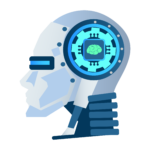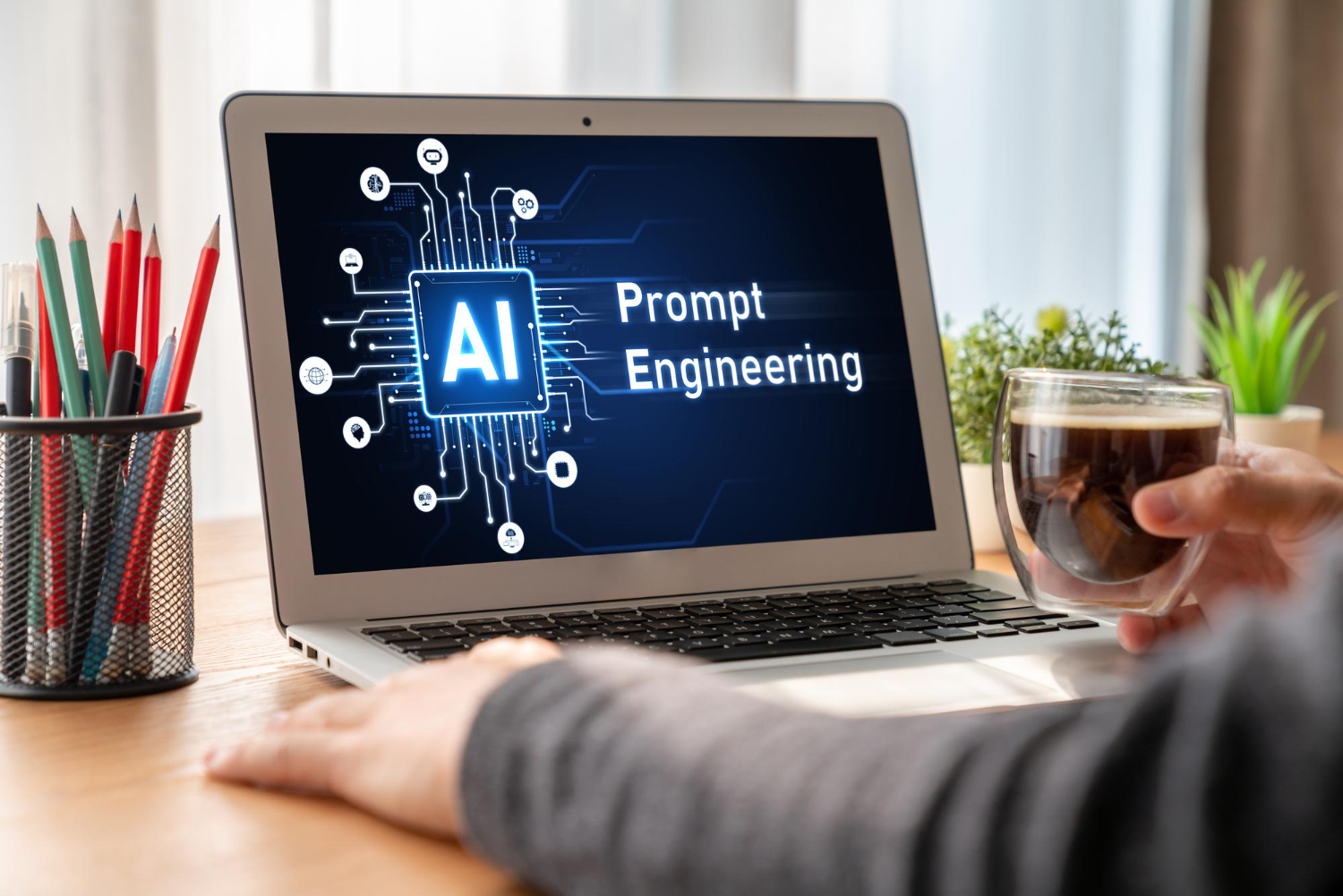
Choosing the right AI model for your business can seem complicated, but it’s very important for improving your operations, cutting costs, and helping your business grow. With so many different AI models out there, how do you know which one is the best fit for your business? In this simple guide, we’ll walk you through the basics of AI models, what they do, and how to pick the right one for your business needs.
What is an AI Model?
An AI model is a type of software that helps machines learn from data and make decisions or predictions based on that information. Think of it like a robot brain that can solve problems, answer questions, or even make suggestions. There are different types of AI models, and each one is good at doing certain tasks. Some AI models help with understanding language, some work with images, and others help make decisions based on patterns in data.
What is NLP (Natural Language Processing)?
NLP stands for Natural Language Processing, which is a special kind of AI model that helps computers understand and work with human language. For example, when you talk to Siri or Alexa, those voice assistants are using NLP. They listen to what you say, understand it, and respond in a way that makes sense. NLP is used in things like chatbots, translation apps, and even for analyzing customer feedback.
Why Choosing the Right AI Model is Important for Your Business
Picking the right AI model is important because it will help your business become more efficient, save money, and prepare for future growth. The right AI model can also help you get the most value from your investment in technology. Choosing the wrong model can waste time and resources, so it’s essential to understand what each type of AI does and how it fits with your business needs.
How to Choose the Best AI Model for Your Business in Simple Steps
- Understand Your Business Problem
First, think about what you want to achieve with AI. Do you want to improve customer service? Or maybe predict when machines might break down? The AI model you choose depends on your goals. For example, if you want to automate customer support, you might need a model that can understand and respond to human language, like NLP. - Know the Types of AI Models
There are different kinds of AI models for different tasks. Here are the most common types:
- Supervised Learning: This model is used when you have labeled data (data that’s already categorized). It helps predict things like customer behavior or detect fraud.
- Unsupervised Learning: This model finds hidden patterns in data. It’s good for things like grouping customers into segments based on their behavior.
- Reinforcement Learning: This model learns by trial and error. It’s good for things that need real-time decisions, like adjusting prices automatically based on market conditions.
- Deep Learning: This is a more advanced model that’s great for tasks like recognizing images or processing speech.
Check your data and other factors
- Look at Your Data
AI needs data to work, so the kind of data you have will affect the model you choose. If you have lots of organized and labeled data, supervised learning might be best. If your data is messy or unstructured, unsupervised learning could work better. Clean, well-organized data helps the AI model perform better. - Check Scalability and Flexibility
As your business grows, your AI model should be able to handle more data and tasks. Some AI models can easily grow with you, while others might need more resources. It’s important to choose a model that can expand as your business changes. - Consider How You Will Use the AI
Think about where and how the AI will run. Will it be on your company’s computers, in the cloud, or a mix of both? Some models work better in certain setups, so make sure the model you choose fits with your existing systems. - Think About Costs
AI models can be expensive to train and maintain. Some models, like deep learning, require a lot of computing power, which can be costly. Make sure the model you pick fits within your budget and resources. - Industry-Specific AI Models
Some AI models are designed for specific industries. For example:
- Retail: AI models for customer service or recommendations.
- Healthcare: AI models that help with diagnosing medical conditions.
- Finance: AI models for predicting risks or detecting fraud.
Choosing a model that works well in your industry can make things easier and more effective.
- Test Different Models
Before fully committing, try testing a few different models to see which one works best. You can test them on sample data to compare how accurate, fast, and scalable they are. - Focus on Explainability and Compliance
If your business is in a field like healthcare or finance, you need to make sure the AI model you choose can explain how it makes decisions. This is important for gaining trust and meeting legal requirements. - Plan for Ongoing Monitoring
AI models need regular updates to stay effective. Choose a model that is easy to update and track over time, so it continues to meet your business goals.
Examples of AI Models Used by Big Organizations
Many large companies are already using advanced AI models to improve their services and operations. Here are some examples of popular AI models that are making an impact in the business world:
- Amazon – Alexa (Natural Language Processing)
Amazon uses NLP in Alexa to help users interact with their devices using voice commands. Alexa understands spoken language, processes it, and responds with answers, music, or other services. This AI model is a great example of how businesses use NLP to improve customer interaction. - Google – DeepMind (Deep Learning)
Google’s DeepMind uses deep learning to solve complex problems, such as improving energy efficiency in data centers and enhancing medical imaging. DeepMind’s AI models use large amounts of data to learn patterns and make predictions, leading to improved accuracy in tasks like diagnosing diseases or optimizing resources. - Netflix – Recommendation Engine (Supervised and Unsupervised Learning)
Netflix uses a combination of supervised learning and unsupervised learning to suggest movies and TV shows to its users. By analyzing user behavior and preferences, the AI models can predict what content will appeal to each person, improving user satisfaction and engagement. - Tesla – Autopilot (Reinforcement Learning)
Tesla uses reinforcement learning for its Autopilot feature. This AI model helps Tesla cars learn how to drive autonomously by making decisions based on real-time data from the car’s sensors and cameras. Over time, the model improves through trial and error, making it safer and more efficient. - IBM Watson (Deep Learning and NLP)
IBM’s Watson uses both deep learning and NLP for a variety of applications, including healthcare diagnostics and customer service. Watson has been used to help doctors analyze medical data, assist customer service teams with chatbots, and even power AI-driven marketing tools. - Spotify – Music Recommendation Engine (Unsupervised Learning)
Spotify uses unsupervised learning to analyze listening habits and suggest new music to users. By finding patterns in the songs you listen to, Spotify’s AI model helps create personalized playlists and recommendations.
Final Thoughts
Choosing the best AI model for your business is about understanding your needs and matching them with the right tools. By following these simple steps, you can make an informed decision that will help your business grow and stay competitive. Remember that AI isn’t just a one-time investment – it’s an ongoing process that can evolve as your business changes.
By choosing wisely, you can ensure that your AI model adds real value and helps your business keep up with new challenges and opportunities.






